What is Congenital Anophthalmia?
Congenital anophthalmia is the lack of an eye from birth: upon opening the eyelids of the child it is not possible to discern the presence of an eye, the eye socket is empty and the eyelids are sunken.
Congenital anophthalmia is a rare malformation which can present itself in an isolated manner or associated with other malformations.
For this reason, the child must undergo a general specialised check-up.
This malformation can present itself in one or both eyes.


Anophthalmia in the right eye: result after our customised prosthetic treatment for anophthalmia.


Microphthalmia OD anophthalmia OS result after fitting our customised prosthesis.
Children born with a malformation in one or both eyes may also present eyelid malformations which are too short or not perfectly formed.
Precocious aesthetic rehabilitation of these malformations consents the attainment of optimum results.
The insertion of an aesthetic prosthesis must be made within the first two months of birth by a medical specialist who, together with the ocularist, will decide upon the rehabilitative path of the child.
The prostheses must permit the spontaneous opening and closing of the eyelids.
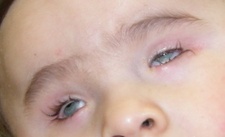
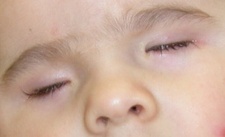
It is always possible to fit an aesthetic prosthesis right from the fitting of the first prosthesis, it is not advisable to fit transparent conformers which permit neither an immediate aesthetic recovery nor a symmetrical development of the socket and of the eyelids.
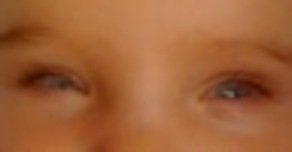

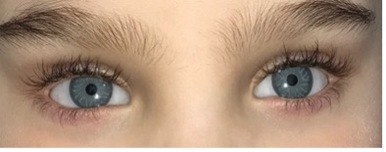
Bilateral congenital anophthalmia from the first fitting up to a symmetrical development.
Our type of prostheses combined with our strategy consent the harmonic development of the eyelids and socket as shown in the photographs.
Prostheses which keep the eyelids open all the time are to be avoided at all costs because they impede the natural development of the socket and eyelids.
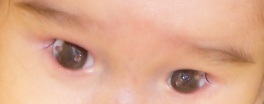


These types of prostheses and conformers are categorically NOT to be used or, if they are already in place, must be removed and substituted with suitable prostheses as soon as possible.
Ocular prostheses must be substituted regularly according to a rehabilitative programme decided upon by the specialised ophthalmologist. The ocularist must follow the indications of the specialist.
By following a precise programme an optimal aesthetic result is achieved. The severity of the malformation will condition the final outcome. It is possible to resort to ophthalmoplastic reconstructive surgery to improve the filling of the socket as well as the movement and positioning of the eyelids.

